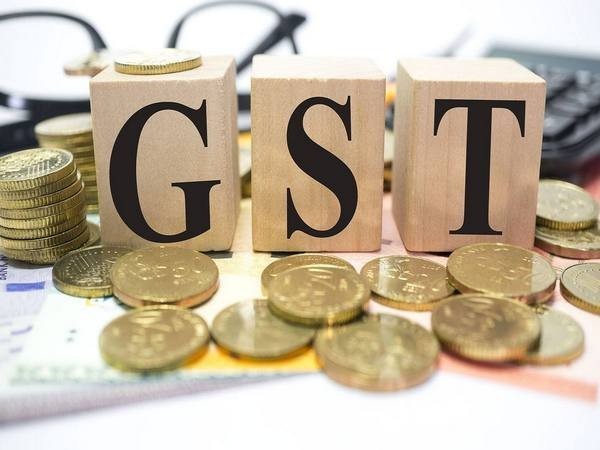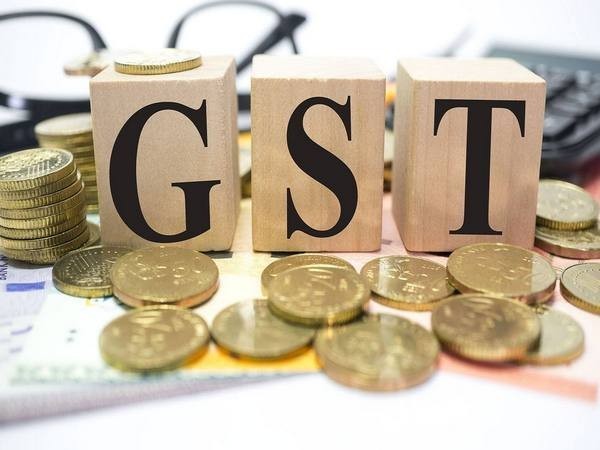
Upcoming GST reforms improve India's outlook for consumption, demand: Morgan Stanley
Aug 18, 2025
New Delhi [India], August 18 : An overhaul in GST rate slabs, coupled with support from other measures such as personal income tax cuts, monetary policy easing, signs of pickup in job growth and improving real wages, improve the in outlook for consumption and domestic demand India, according to a report by Morgan Stanley.
The central government is likely to conduct a major overhaul of GST, a major source of indirect tax rates.
Morgan Stanley, in a report dated August 17, said this next-generation reforms should support consumption.
"Apart from this, personal income tax cuts, monetary policy easing, and signs of a pickup in job growth and improving real wages should also support consumption in the next few quarters," the report read, authored by economists Upasana Chachra and Bani Gambhir.
In the Independence Day speech from the ramparts of the Red Fort, Prime Minister Narendra Modi announced upcoming next-gen GST reforms before Diwali so as to benefit consumers, small industries and MSMEs.
Soon after, the Finance Ministry laid out its proposal of a simplified two-tier GST system built on the three pillars of structural reforms, rate rationalisation, and ease of living.
Earlier this week, sources said that the Central government has proposed to scrap the current slab of 12 per cent and 28 per cent of GST rates and keep only 5 per cent and 18 per cent GST rates.
Government sources said as part of the initiative, 99 per cent of 12 per cent slab are proposed to move in 5 per cent slab and 90 per cent of items in 28 per cent slab are proposed to move in the 18 per cent slab.
The sources said that the proposal will be studied by the GoM and a meeting of the GST Council is likely to be held in September-October to consider the proposal.
"We think the proposed new GST regime will likely have meaningful impacts on growth, fiscal balance, and CPI inflation, with implications for monetary policy. In the near term, there could be some impact on volume growth as consumers potentially defer their spending until clarity emerges on new GST regime. However, once new GST rates come into force, there should be a recouping of potential deferred demand alongside support through improved affordability," read the multinational investment bank report.
As per the Morgan Stanley analysis, the total size of stimulus to be about 0.5-0.6 per cent of GDP on an annualised basis.
"We expect the net effect on growth to be positive as the multiplier for indirect tax cuts is 1.1, implying potential upside of 50-70 bps," it added.
Consumption accounts for 60 per cent of GDP and is the mainstay of the domestic demand story.
























